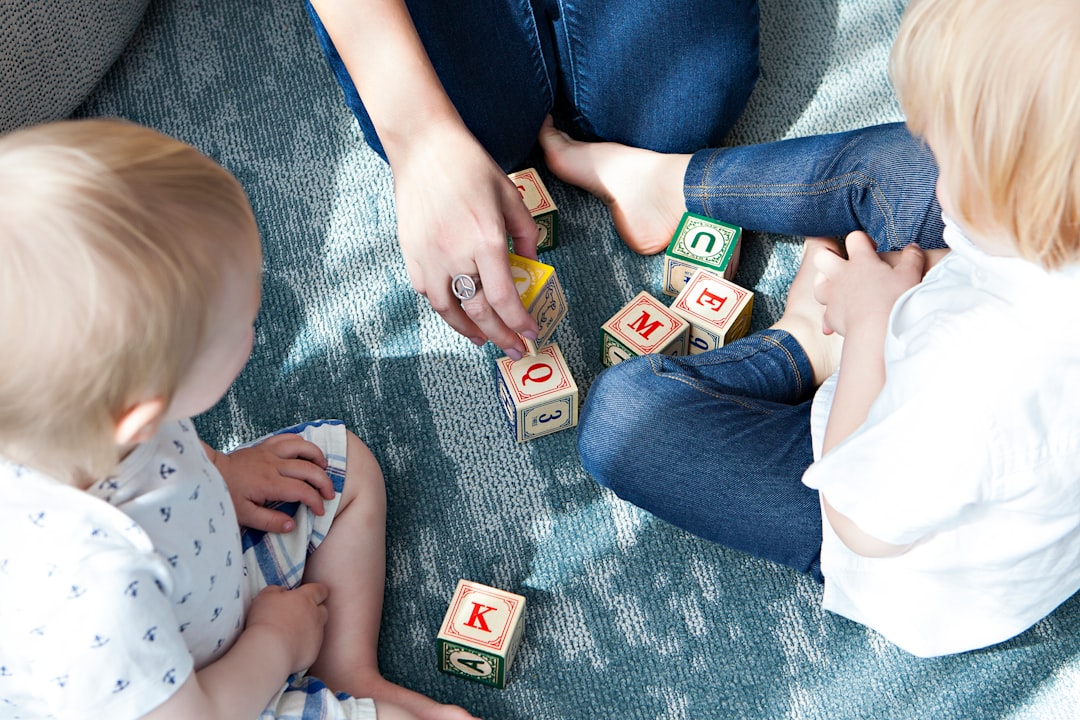What is it about?
This is a clinical practice guideline; a systematically written paper which summarises the best clinical research to assist health care professionals in managing a particular clinical problem. This one focuses on how to manage refractory and breakthrough nausea and vomiting caused by chemotherapy in children and young people - in other words, when the problem doesn't respond to preventative treatment.
Featured Image

Photo by Muhammadtaha Ibrahim Ma'aji on Unsplash
Why is it important?
The problem of feeling sick (nausea) or being sick (vomiting) after chemotherapy is a well known, and very unpleasant, side effect. Different chemotherapy drugs have different chances of causing this problem, and we've previously written a guideline on how to make the best pick for each degree of likely sickness. If these preventative interventions don't work, something else needs to be done. This guideline summarised the best trial data from previous studies to come up with a step-wise approach to managing the situation.
Perspectives
The experience of being sick, or sometimes worse, feeling sick, is horrible to add to the general rubbishness of being treated for cancer and a child or young person. Our guideline sketches out what we think is the most effective way of managing kids who can't stop feeling or being sick, so provides some help, but it also points out where the research is really weak and we need more.
Bob Phillips
University of York
Read the Original
This page is a summary of: Guideline for the Treatment of Breakthrough and the Prevention of Refractory Chemotherapy-Induced Nausea and Vomiting in Children With Cancer, Pediatric Blood & Cancer, March 2016, Wiley,
DOI: 10.1002/pbc.25955.
You can read the full text:
Contributors
The following have contributed to this page










